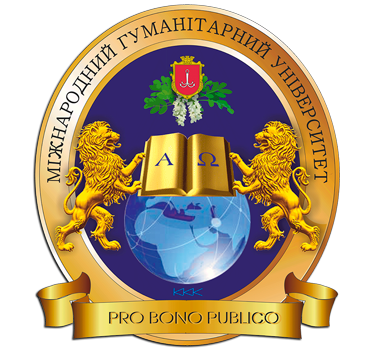MODERN PATHOPHYSIOLOGICAL MECHANISMS OF PRETERM LABOR DEVELOPMENT
DOI:
https://doi.org/10.32782/2411-9164.22.1-6Keywords:
preterm birth, prevention, treatment, prognosis, placenta, pregnant women, newbornsAbstract
Preterm birth is one of the biggest problems of modern obstetrics, as it significantly affects the health of both the mother and the newborn. According to the World Health Organization, preterm birth is one of the leading causes of infant mortality in the world. The pathophysiology of preterm labor is a complex multifactorial process that includes the interaction of infectious and inflammatory reactions, hormonal disorders, genetic factors, and physiological changes in a woman’s body.An important aspect is that urinary tract infections, urogenital infections, and inflammatory processes in the uterus can initiate the release of pro-inflammatory mediators such as interleukins and prostaglandins, which activate uterine contractions and lead to premature labor.Hormonal disorders, in particular, a decrease in progesterone levels or disruption of its receptors, are an important factor in the development of this pathology. Genetic factors that determine individual predisposition to this pathology may also play a role in the development of preterm labor. In addition, impaired cervical integrity, such as cervical insufficiency or shortness, significantly increases the likelihood of preterm birth.Socio-environmental factors, such as stress, poor nutrition, and environmental pollution, also play an important role in the occurrence of preterm birth.Since preterm birth is a complex and multifaceted process, research into the pathophysiology of this pathology is essential for the development of effective methods of diagnosis, treatment and prevention. To date, significant advances in the use of progesterone, prostaglandin inhibitors, and ultrasound diagnostics have reduced the risk of preterm birth, but further research remains important to improve treatment strategies and reduce the rate of premature mortality among newborns.
References
Токар П.Ю., Каліновська І.В. Дисбаланс гормонів фетоплацентарного комплексу як фактор розвитку передчасних пологів. Буковинський медичний вісник, 2023, 27.3 (107): 10–14.
Токар П.Ю. Сучасні уявлення про етіопатогенез, прогнозування та профілактику передчасних пологів (огляд літератури). Клінічна анатомія та оперативна хірургія, 2024, 23.2: 97–107.
Токар П.Ю. The progins variant of the pgr gene and placental endocrine function at risk of preterm labor: a pilot study. Буковинський медичний вісник, 2024, 28.3 (111): 69–75.
Токар П.Ю. Histochemical and immunohistochemical features of differentiated trophoblast in chorionic villi of the placenta in preterm labor. Неонатологія, хірургія та перинатальна медицина, 2024, 14.1 (51): 84–90.
Adu-Bonsaffoh Kwame, Bayor Fidelis. Pathophysiological mechanisms of maternal proinflammatory mediators in preterm labour. Journal of Physiology and Pathophysiology, 2022, 13.1: 1–16.
Dauengauer-Kirlienė S., et al. Causes of preterm birth: genetic factors in preterm birth and preterm infant phenotypes. Journal of Obstetrics and Gynaecology Research, 2023, 49.3: 781–793.
Pisacreta E., Mannella P. Molecular and endocrine mechanisms involved in preterm birth. Gynecological Endocrinology, 2022, 38.5: 368–378.
Giouleka S., et al. Preterm labor: a comprehensive review of guidelines on diagnosis, management, prediction and prevention. Obstetrical & gynecological survey, 2022, 77.5: 302–317.
Phillippe M. Telomeres, oxidative stress, and timing for spontaneous term and preterm labor. American Journal of Obstetrics and Gynecology, 2022, 227.2: 148–162.
Jaiman S., et al. The role of the placenta in spontaneous preterm labor and delivery with intact membranes. Journal of perinatal medicine, 2022, 50.5: 553–566.






